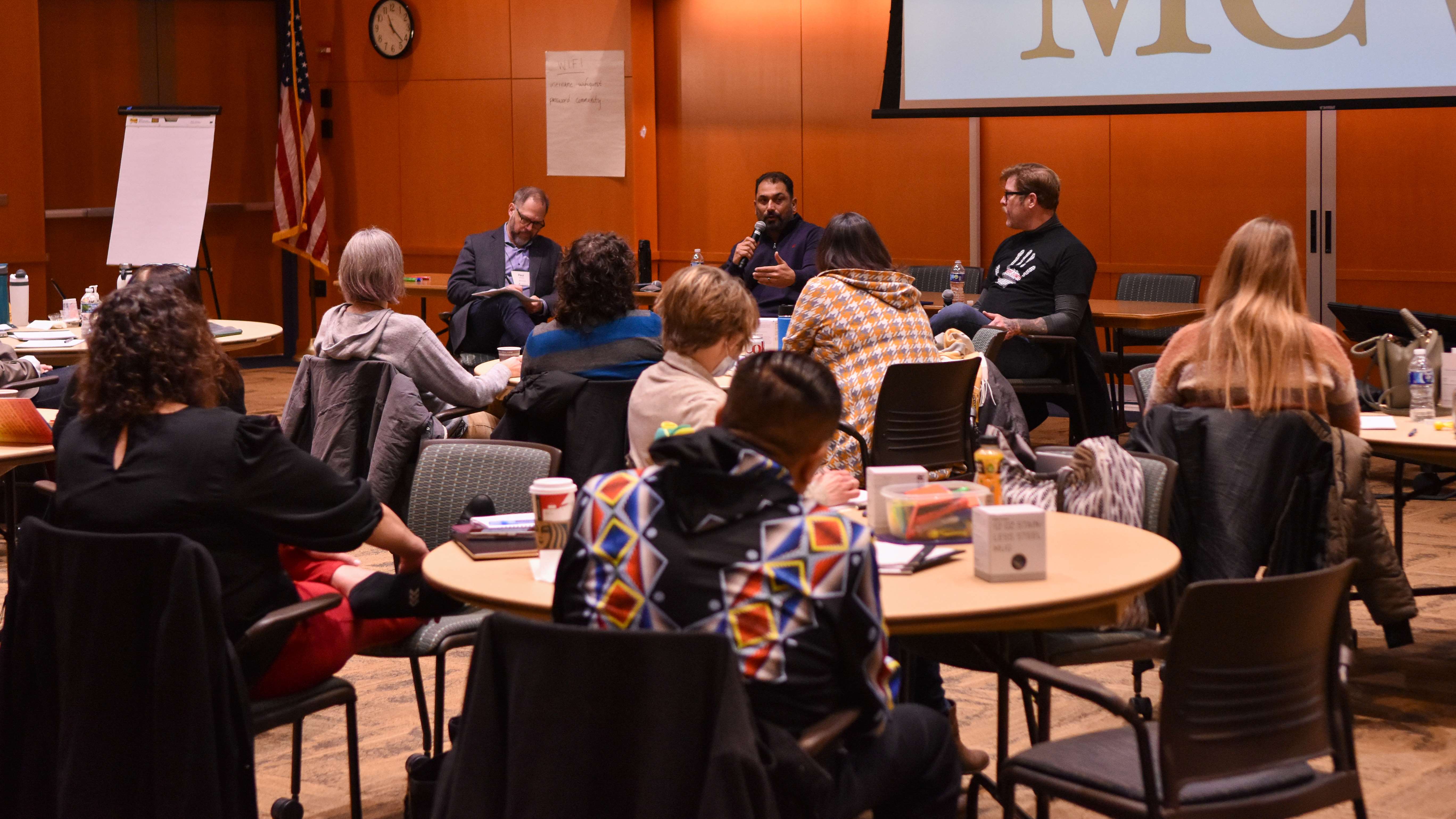The Advancing Behavioral Health Initiative Learning Community

Year One (2016-2017): Building the Learning Community
During year one, the Learning Community met monthly and focused on:
- Developing their goals, strategies, and metrics for the next seven years;
- Learning best practices in collective impact for building effective coalitions; and
- Building a supportive peer community.
Year One Goals and Challenges

Years Two through Four (2017-2019): Peer Support and Collaboration
During years two through four, the Learning Community met quarterly, visiting a different community each session for 1.5 days that enabled the coalitions to do three things:
- Update peers and get feedback on the progress of their strategies and coalitions;
- Dive more deeply into the host coalition’s experience, innovations, and lessons; and
- Provide responsive training and support to issues or needs identified by the community.
Years Two through Four Goals and Challenges

Years Five and Six (2020-2022): Covid
The pandemic had many impacts on the Learning Community:
- The coalitions’ progress was halted as partners closed offices and shifted priorities;
- Many coalitions worked closely with or were housed in health departments whose work was diverted to Covid response;
- Many coalitions partnered closely with schools that were closed; and
- Mental health needs became more widespread and acute.
Years Five and Six Goals and Challenges

Years Seven and Eight (2023-2024): Phase Three and Beyond
The third phase of the project was defined as the “sustainability phase.” During this phase, the Learning Community was conducted with two virtual sessions and two in-person sessions, where the coalitions visited the last two communities to learn about their work. The sessions also focused on:
- Creating an “open space” for Learning Community members to self-organize around topics and themes of interest to them;
- Adapting their work to post-pandemic conditions; and
- Preparing sites to sustain the programmatic and systems change impacts of their work.
Years Seven and Eight Goals and Challenges

Helpful Resources
- RBA Basics (PDF)
- Making Meetings Work (PDF)
- Data Walk (PDF)
- Community Engagement Toolkit (PDF)
- Collective Impact Role Descriptions (PDF)

